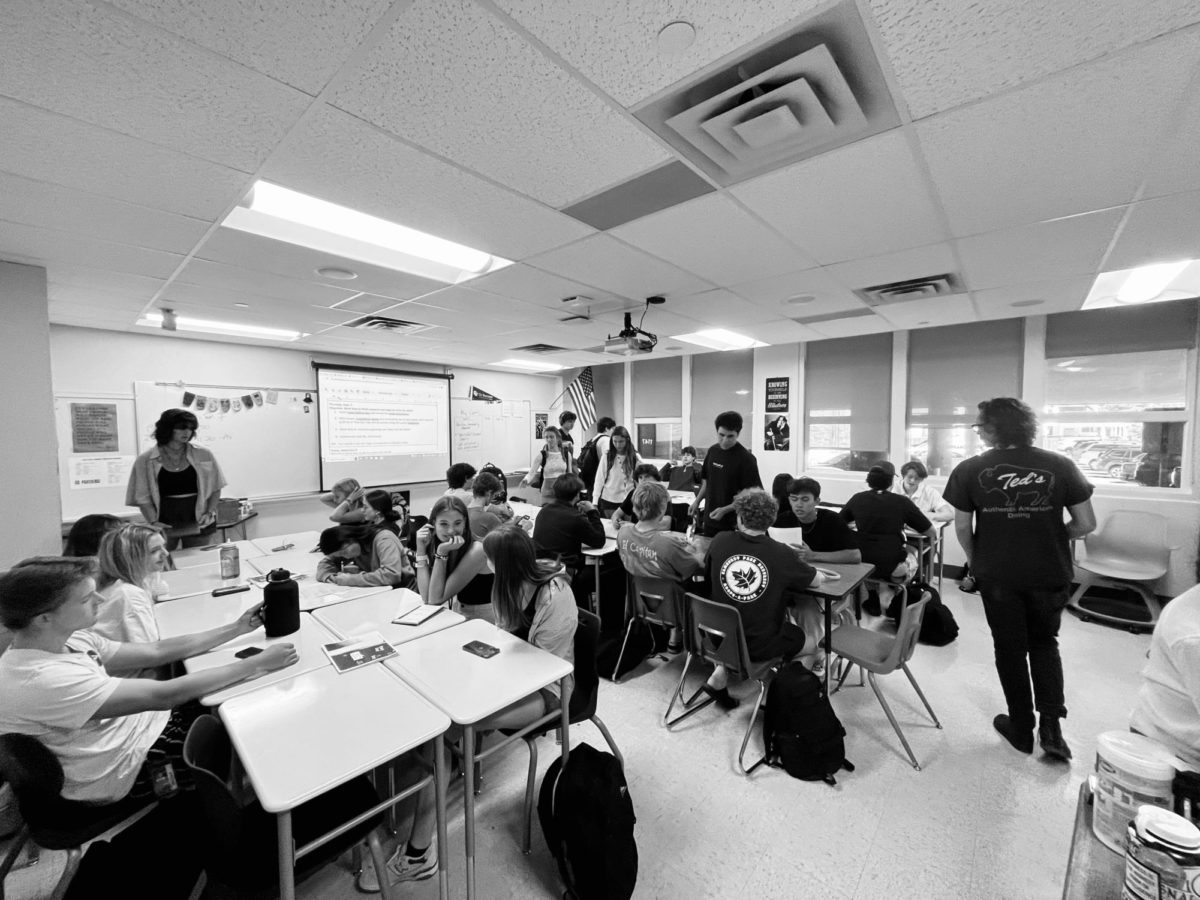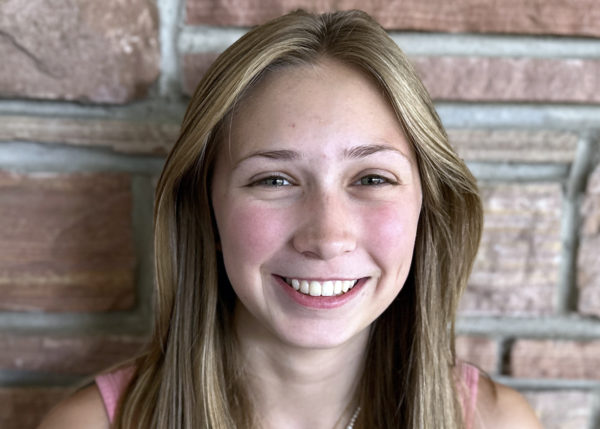As we entered school on August 17th, students were nearly suffocated in the math wing, bulldozed in the science wing, and left without a spare seat in most classes. How many can relate to this? Shockingly, Boulder High is the biggest high school in BVSD. Boulder High has a student population of ~2,139 outnumbering Fairview by 162 students. As a result, classrooms in the school are not big enough to hold the sheer amount of kids.
Izzy Diprima, ‘24, described that in the first days of school in her Spanish class, a student had to “sit at my teachers desk until they brought another extra desk for her to sit in”.Diprima has also stated “Because there’re so many kids in my class, it takes forever to get work or presentations done that the curriculum ends up getting pushbacked.”
The issue of overpopulation is not restricted to classrooms, it overflows into the common areas.
Hallways are so full of people that many students shove and push their peers to get through. All the pushing and shoving causes a dangerous domino effect that creates a lot of anxiety. A handful of students have been late to their classes because they couldn’t get through the packed corridors.
No place in the school is safe from the mass of humanity. After some digging, it’s discovered the dilemma spreads across every department.
Teachers are equally upset and unprepared for the overpopulation. ELA and theatre teacher Mrs. Armbruster has also been affected by the overcrowding of classrooms. “The best way I can describe it is a feeling of frustration because we want to develop strong relationships and good relationships with our students on an individual level. Which is really difficult to do in a class of 36.”
Not only is it hard to have relationships with students, but it also creates more work for teachers at home. Mrs. Armbruster explains: “For all of us there is a level of grading and work outside of the classroom that goes along with that. One of the things you have to consider is when you put additional students in a room that’s additional grading time you have for that section. It’s hard to manufacture hours in your day that you just don’t have.”
As it turns out, the entire English department is swamped with students. For example, 11th grade ELA has only 288 desks available, but 310 were filled. The problem has resulted in Mrs Marlee.Smith, ELA teacher, deciding to work beyond full time in order to cover some Junior classes.
This brings us to the recent development: The school has decided to change students schedules after students have acclimated to their classes. Though the effort to create a better learning environment is appreciated, the question of “Why didn’t this happen sooner?” rises. The issue may actually lie with the district and the amount of part/full time teachers they approve for the school.
The imbalanced ratio is not only the fault of the large number of learners, but the lack of teachers. The teachers were promised only around ~1900 students, and so there was less of a need for teachers. However, this year there are 2100 students. Part of the reason that classes are so full is because the school wasn’t prepared for the extra 200.
“Who’s at fault for this?” The question is still being asked by teachers, scholars, and parents alike. Where did all these unexpected kids come from? Who is following local demographic changes, and forecasting school enrollment? At this moment all concerned parties are left in the dark.



